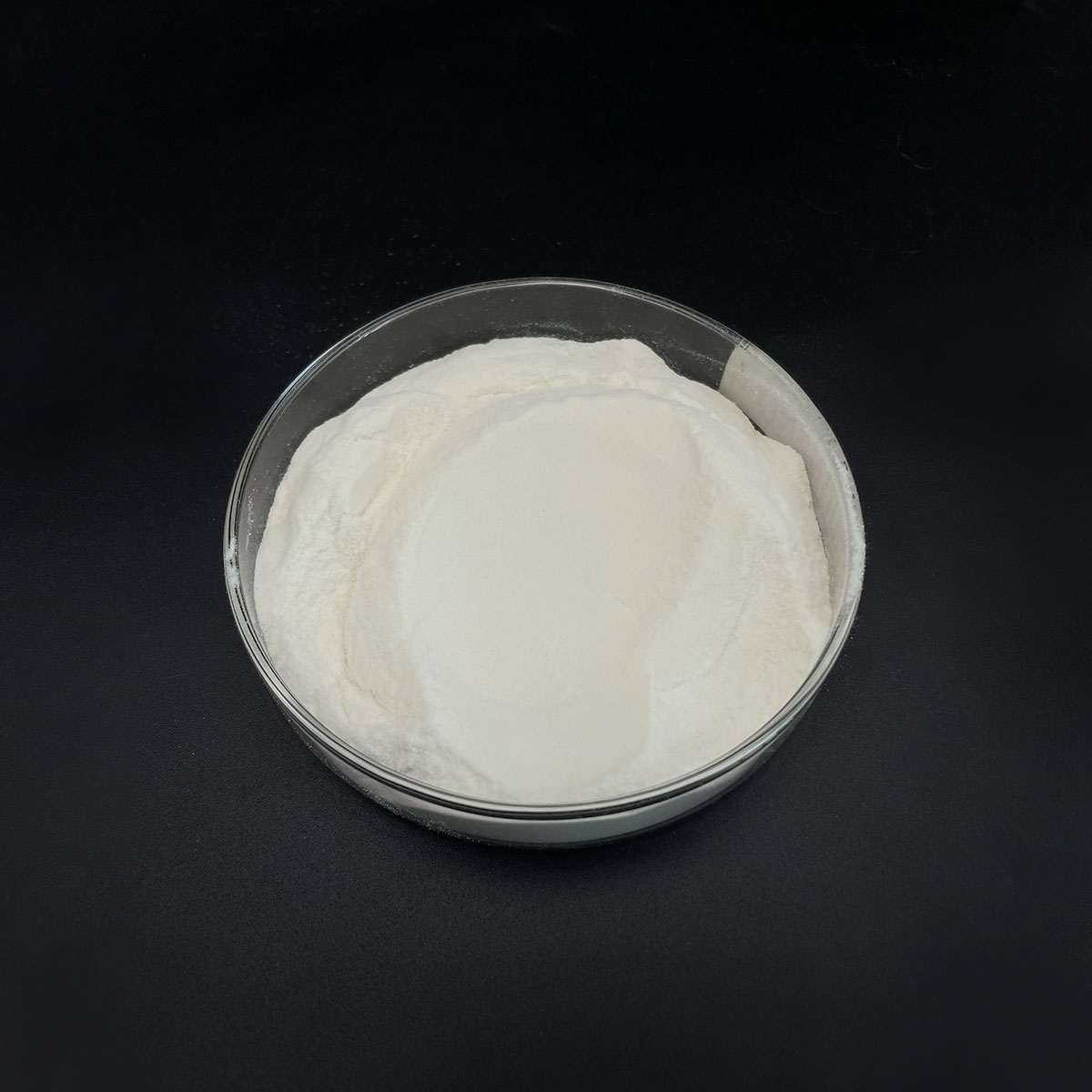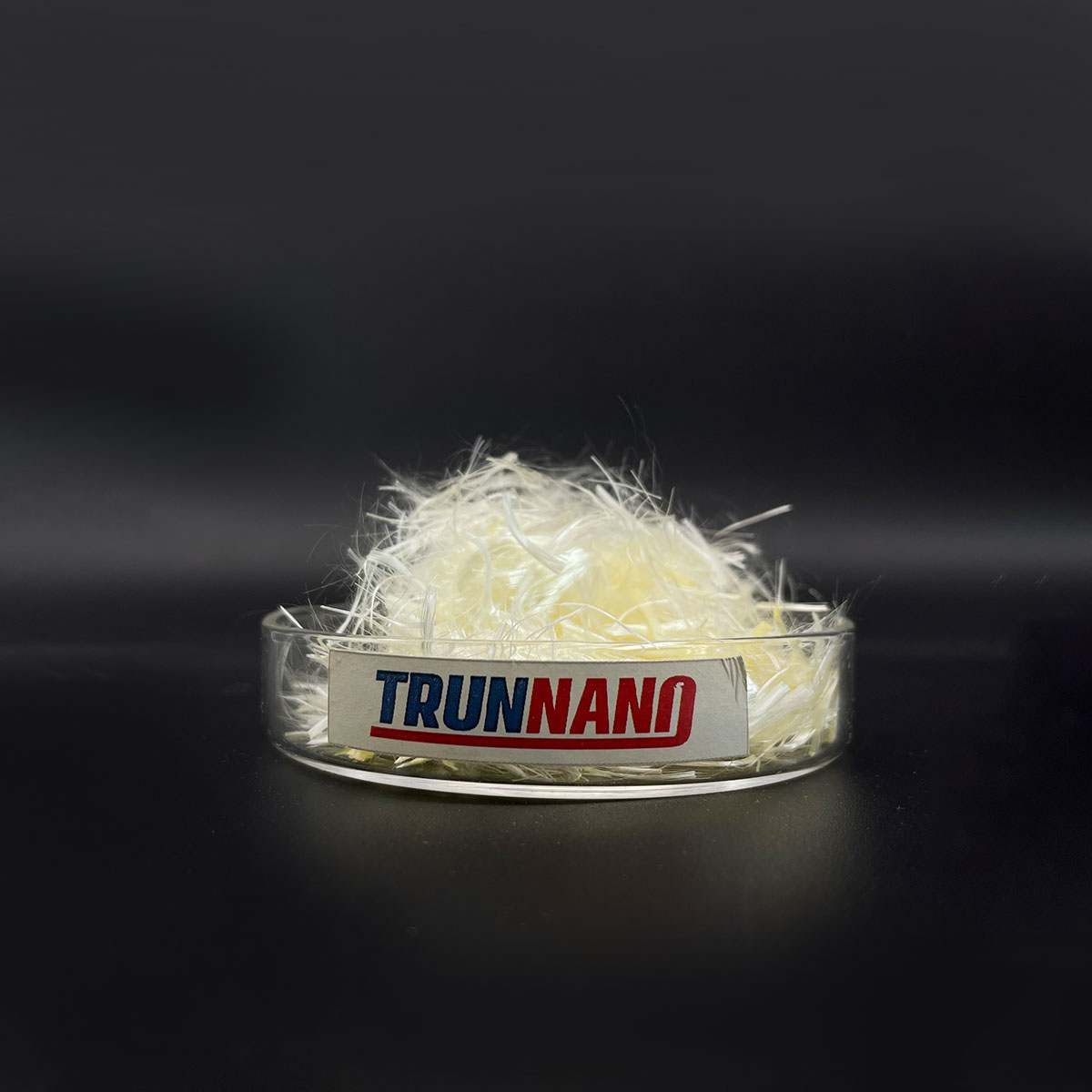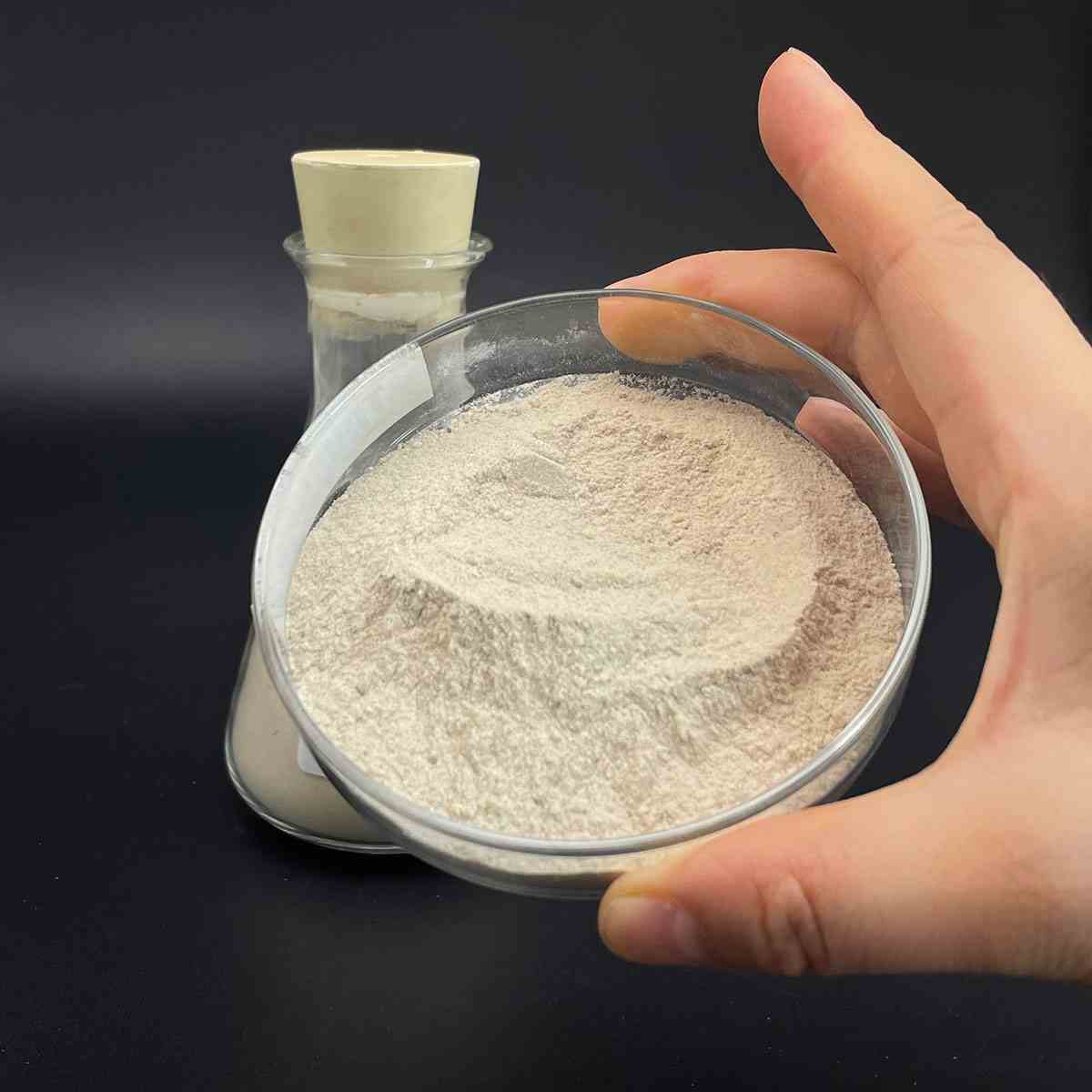Overview of 99.99% WSe2 Powder Tungsten Selenide
Telluride and selenide compounds play a significant role in the field of semiconductors, particularly in the development of advanced electronic and optoelectronic devices. These materials belong to the chalcogenide family, characterized by their ability to form compounds with elements from groups IV-VI in the periodic table.
Tellurides: Compounds containing tellurium (Te) as the chalcogen. Examples include cadmium telluride (CdTe), mercury telluride (HgTe), and zinc telluride (ZnTe). These materials have found applications in solar cells, infrared detectors, and high-speed electronics due to their tunable bandgap, high electron mobility, and good thermal stability.
Selenides: Similar to tellurides, but with selenium (Se) replacing tellurium. Notable examples are cadmium selenide (CdSe), gallium selenide (GaSe), and zinc selenide (ZnSe). Selenide compounds are widely used in light-emitting diodes (LEDs), laser diodes, and solar cells due to their direct bandgap properties and efficient light absorption/emission capabilities.
Feature of 99.99% WSe2 Powder Tungsten Selenide
Direct Bandgap: Many telluride and selenide semiconductors have direct bandgaps, which facilitate efficient light emission and absorption processes. This makes them suitable for optoelectronic applications such as LEDs and lasers.
Tunable Bandgap: The bandgap of these materials can be adjusted by alloying or altering the composition (e.g., CdSe to CdTe), enabling customization for specific device requirements across a wide spectrum of wavelengths.
High Electron Mobility: Materials like HgCdTe exhibit high electron mobility, which is crucial for high-speed electronic devices and low-noise detector applications.
Thermal Stability: Some tellurides and selenides, like ZnTe and ZnSe, demonstrate good thermal stability, making them suitable for high-temperature operation and processing.
Non-Toxic Alternatives: With increasing environmental concerns, there’s a push towards exploring less toxic alternatives to commonly used semiconductors. For instance, Cd-based tellurides and selenides are being replaced or combined with less toxic elements like Mg or Mn in some applications.

(99.99% WSe2 Powder Tungsten Selenide)
Parameters of 99.99% WSe2 Powder Tungsten Selenide
WSe2, or tungsten selenide, is a fascinating two-dimensional material that has garnered significant attention in the scientific community due to its unique electronic properties and potential applications in various fields, including optoelectronics, electronics, and even quantum computing. The chemical formula for tungsten selenide is WSe2, where tungsten (W) is combined with selenium (Se). When it comes to the 99.99% pure form of this compound, we are referring to an exceptionally high purity level, ensuring minimal impurities for optimal performance.
At 99.99% purity, WSe2 powder consists of an almost flawless crystalline structure, with each particle exhibiting a layered hexagonal arrangement. These layers are held together by weak van der Waals forces, which allows for easy exfoliation into atomically thin sheets, a characteristic feature of transition metal dichalcogenides (TMDs) like WSe2. This property makes it an ideal candidate for applications in flexible devices and nanotechnology.
The crystal structure of WSe2 is composed of tungsten atoms sandwiched between layers of selenium atoms, forming a trigonal prismatic coordination geometry. Each tungsten atom is covalently bonded to six selenium atoms, creating a semiconductor bandgap, typically around 1.6 eV. This bandgap is what sets WSe2 apart from other semiconductors, as it lies within the visible light range, making it suitable for optoelectronic applications such as photodetectors and light-emitting diodes (LEDs).
The exceptional purity of the 99.99% WSe2 powder also contributes to its high electron mobility, which is crucial for efficient charge transport in electronic devices. The absence of impurities minimizes scattering effects, enabling faster and more reliable operation. This makes WSe2 a promising material for next-generation transistors and other electronic components.
Moreover, WSe2’s inherent spin-valley coupling, a phenomenon where the electron’s spin and momentum are locked together, holds promise for spintronics and quantum information processing. The ultra-high purity ensures that these delicate quantum properties are preserved, allowing researchers to explore novel phenomena and potential applications in quantum computing.
In addition to its electronic properties, WSe2 is also known for its strong light-matter interaction, which makes it a versatile platform for nonlinear optics. The 99.99% pure powder can be harnessed for saturable absorption, frequency mixing, and second harmonic generation, opening up possibilities in optical communications and optical signal processing.
Lastly, WSe2’s compatibility with other materials, such as graphene and boron nitride, in heterostructures allows for the creation of novel device architectures and hybrid systems with enhanced functionalities. The high purity of the powder ensures minimal interference when integrating with these materials, paving the way for future advancements in integrated devices.
In summary, the 99.99% WSe2 powder represents a highly pure and versatile material with exceptional electronic, optoelectronic, and quantum properties. Its high purity ensures minimal defects, facilitating the exploration of its full potential in various technological applications, from next-generation electronics to quantum computing and optoelectronics. As research continues to delve deeper into the intricacies of this material, the importance of having such a pure form becomes increasingly evident.

(99.99% WSe2 Powder Tungsten Selenide)
FAQ of Semiconductor Materials
Inquiry us






